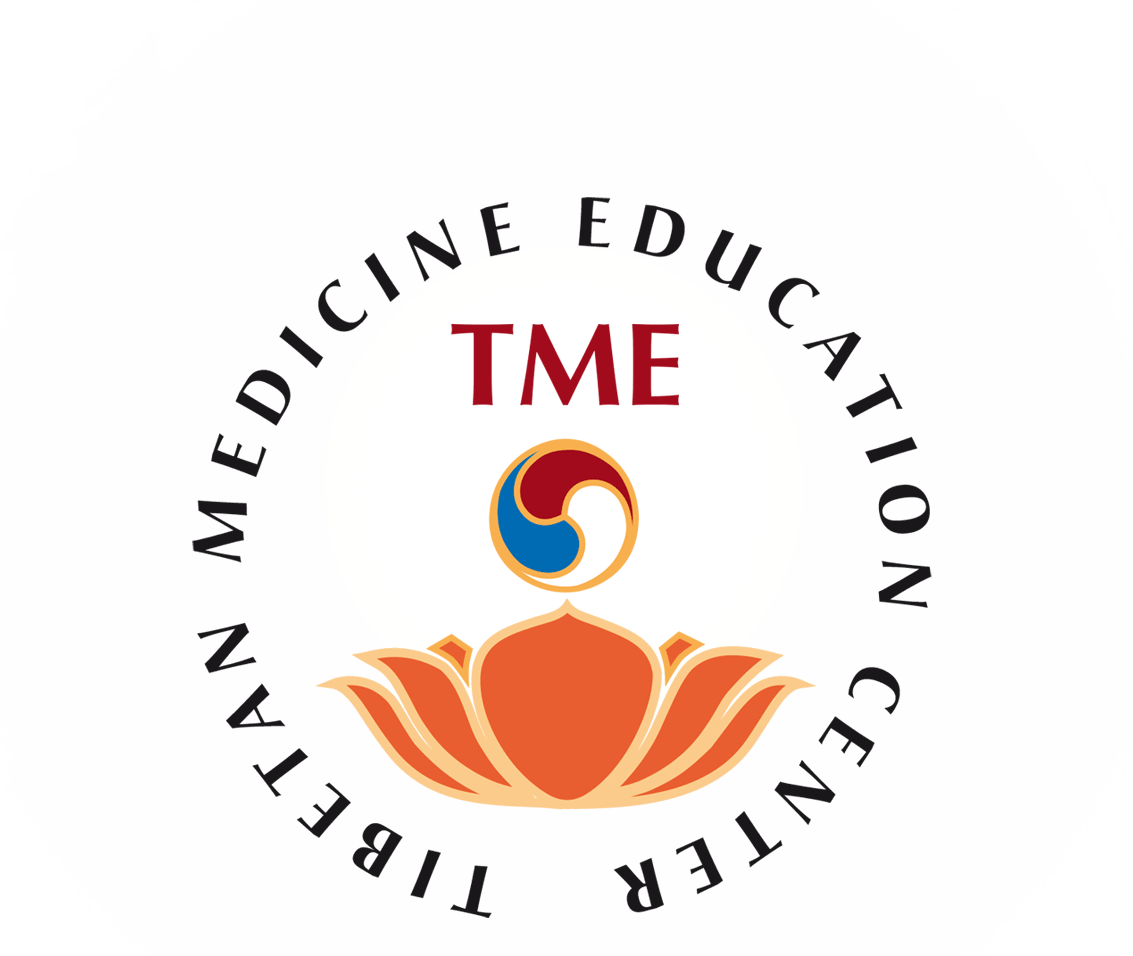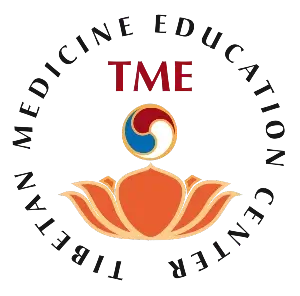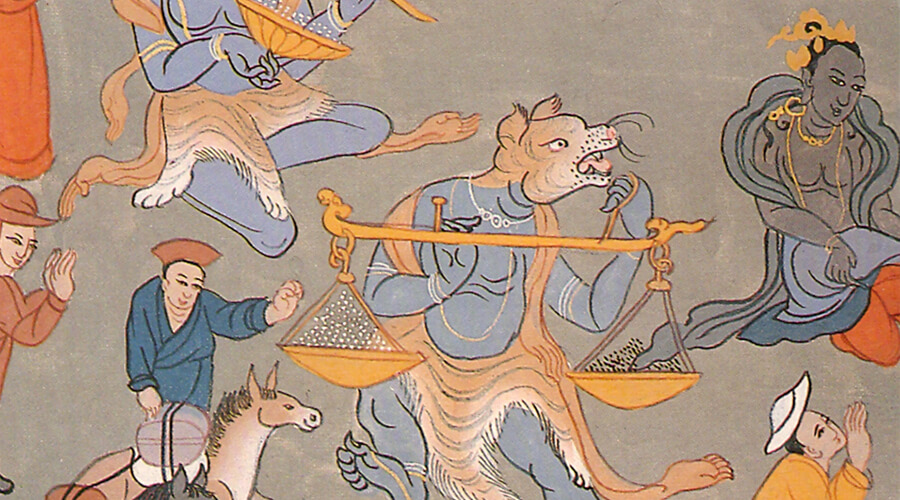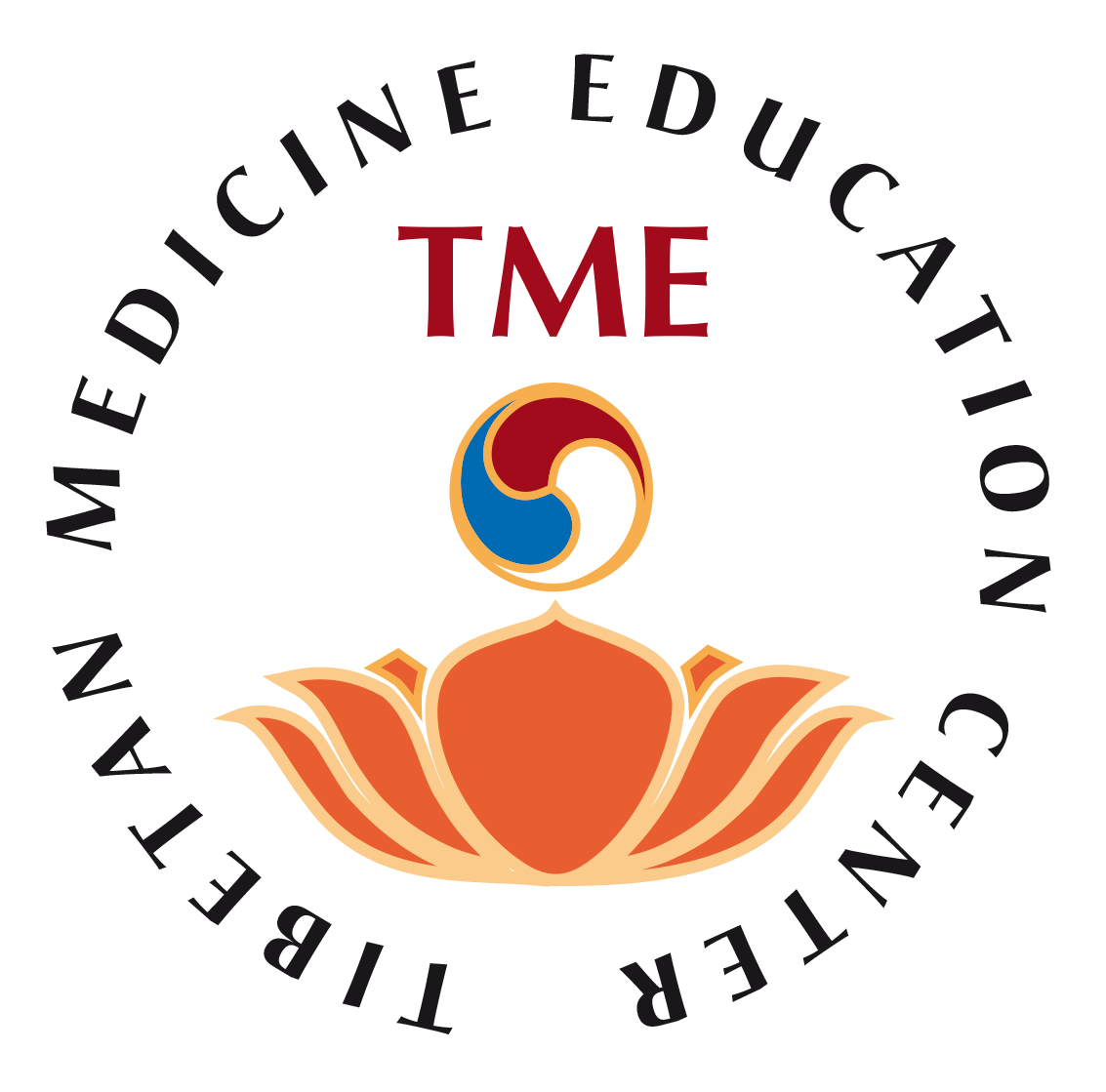Dream and Bardo
Dream Yoga – Part 1

Interview with Dr. Pasang Yonten Arya, by Raul Romero
Dr. Pasang La, thank you very much for giving this special interview. Let’s start, how are dreams interpreted in the Tibetan medical field and regarded in the culture as well?
Generally dream is an interesting subject in both East and West. People try to interpret them in different ways, some through superstitions and some others try to read the dreams in a psychological way. Therefore dreams are found to be positive in one culture and negative in another. Culturally speaking, dreams may be interpreted or taken into consideration depending on the realization of each person in particular. The normal person takes them as illusion or simply disregards them. The higher spiritual practitioners take them as illusion though they interpret various aspects of their life and spiritual experience progress including future predictions and blessings. The people between these two see in them the development of their present life from various aspects. In the medical field, the dream is an experience taken as a reflection of the mind journey inside the body, and medical practitioners take them to interpret the internal state of the person regarding the body and mind in order to diagnose and cure his patients.
The field of dreams is extremely vast, spiritually speaking, can you please explain to us the meaning of dreams in this context?
I shall try my best. Dreams in the Tibetan Medical field are correlated with a law understood as a body/mind system functioning during the day (waking time) as well as during the night (sleeping time) that roughly can be put or applied and interpreted based on that. Precisely speaking, during the day we live in an “external” world and dream in an internal world at night. Bardo is a reflection memory (bag chags) of the body mind in between states. But dream meaning in this context may be defined according to the experience, realization and purpose of each practitioner, so it may be extremely complex, but generally speaking it is regarded as being of the same nature as the Bardo or intermediate state experience. In sutra it is regarded as an illusion, in tantra it is regarded as the mind transported by the subtle wind (rlung sems dbyer med) and wandering in the body parts, and organs, which is a microsamsara. The experience of the body/mind journey is felt as joy or suffering through contact with the outside world, which the body and channels reflect in the mind, and that is regarded as a dream, which appears completely as forms and aspects. A Master said that it is “like a child visiting a temple” which is seen by his eyes, but who doesn’t recognize that it was seen before. For example a channel appears like houses, blood and lymph appear like rivers and lakes, organs appear like mountains and rocks etc.
In the spiritual practice point of view, dream is regarded as a field to train the mind to recognize the appearances as a reflection of the self and its true nature and by means of the techniques realize the same, mix or dissolve the dream into the reality (bsrewa) and absorb it in the state of meditation for training during life as well as in the intermediate state, and actualize the ‘Sambhoka kaya body’ a body which allows the transcendent consciousness to go directly to a pure land or return to the earth because of some consciously predetermined purpose.
What is the root of the dream yoga, and who compiled and taught the techniques of this path?
Thousands of years ago, shamans of Central Asia and especially in Tibet, used the dreams to communicate with the guardians of the dreams of their patients or clients in order to access information or help to cure them or make political prediction especially to the Kings. But yoga and dreams are common in ancient Indian Hindu religion and Buddhism and especially Buddhist tantras use or describe special methods of mind transformation. Regarding to the Mahayana Buddhist dream context, Buddha taught ocean like tantras where dream yoga is an important method and subject of study and practice used to realize that the dream is a life and life itself is a dream on this earth. Realization and transformation of the present life and dream life is called mixing or ‘bsrewa’ which introduces the reality of the state of Bardo experience. This became one of the most important tantric sleeping meditation techniques basically discovered by Master Tilopa, who passed it to Naropa and Marpa Lotsawa the eye of the world. Then it was passed to Milarepa and Gampopa who spread the Naropa’s six yogas tantra all over the world. Generally each school of Tibetan Buddhism has the technique under different names and practices it in a hidden way. It wasn’t until the introduction of Buddhism in Tibet that the techniques were compiled.
It is also said that Niguma took part in this development, may you explain if there is any connection?
Honestly speaking I do not know much about Niguma and never received any initiation of her teachings. Niguma is regarded by some scholars as the sister, some believe her to be the consort of Naropa who in partnership with him taught the techniques, and some others regard her as the one who compiled them. The practice may be very secret in Tibet, or many parts of it are probably taken back to heaven by Dakinis. I don’t know much about this story.
When is the most appropriate time to practice those techniques?
A qualified disciple who renounced or gave up the world or self and who posseses great love and compassion toward all mother beings, one self must have or be in a state of bodhisattva vows, and actively searching for a master to learn and liberate himself from the samsara in order to help all the sentient beings. One should be young to find a qualified master who may teach and guide in the practice, otherwise if we do not do it while healthy or during the life interval, it is not possible to practice them or realize any truth in this life or in the intermediate state which is the principal or ultimate purpose of the path.
What happens then in the intermediate state?
You may recognize the mother clear light (gzhi’i od gsal) which is a state of void by nature, by meditating on the clear light pattern (bu yi od gsal) which means that you studied and learned the light of the emptiness e.g. like autumn dawn color: Waiting for the ‘od gsal’ of the intermediate state appearance in the bardo, during the sleeping time or during the process of dying and recognizing the ‘od gsal’ the truth of the light, and then mixing and dissolving the mother and son lights (od gsal ma bu bsrewa), the two into one, and going into the contemplation state, which helps and allows to realize the true nature of the phenomena and rise the body of ‘Sambhoka kaya’ and go to the pure land or achieve the Buddhahood. Even not said there is some kind of free choice about where to be born in this world.
Once we are a practitioner of this path may we discuss our experiences with others interested?
Indeed not, you may discuss them only with your spiritual master, because humans, devas, demons and ghosts and evil spirits especially make obstacles. Others may hear and as a consequence they retire not helping anymore. Also the accuracy of the dream practice may be diminished. Probably once you become a master in this practice and without illusion and delusions, in short with no more samsaric ignorance, then it is a different matter. What I understood from what the masters said is that ‘as much as you keep secret your experiences the progress will be bigger and bigger. Expressing and opening it may open the channels and increase the conceptualization mind (rnam rtog) which could give a chance to the demonic energy to enter into the body, and that could create obstacles”.
How are the normal dreams produced during the normal sleeping process?
The normal dreams start after the six consciousness in the brain dissolve into one another and descend to the heart chakra were they enter in profound silence and deep sleeping state. Depending on the constitution of the person, after a certain period of time the mental consciousness remains still but the mental affliction wind (nyon mong pai’i yid kyi rlung) moves and takes the mental consciousness and ascends it to the throat chakra. There it awakes into the sleep process from where it may go to different parts of the body through channels and create different types of dreams. The mental consciousness feeling is like a journey into the body and reflects it like a travel trough mountains, a house, an ocean, rivers and other phenomena depending on the part it goes to. Let’s say it is this way when the mental consciousness and subtle wind is there, “closed mindedness wind” rises from the crown chakra, “attachment and desire wind” rises from the throat chakra, “hatred and anger wind” rises from the heart chakra, “ego and envy wind” rises from the navel chakra and “jealousy and lust wind” rises from the secret chakra. The 72,000 winds carry 72,000 emotions and run into the 72,000 channels of the body. They are like the cars and highways of the body. I don’t see any particular rule on what happens and which phenomena happen before or after. It depends on the daily life emotions, physical conditions, and sort of external negative energy interferences that take place during the dream, although Tibetan Medicine divides one night into six sessions of dreams and Machik Labdon’s dream interpretation divides it into three sessions. Generally the process should happen that way but strong emotions and experiences could take place before others.
Could the practice of the dream yoga during the night pose any threat to the body or consciousness of the practitioner?
Yes actually, in some advanced practice, when the practitioner dissolves his consciousness in the heart center and goes out to a pure land to receive instructions from the Buddha, Bodhisattvas or masters, he or she must return before the sound of the gong of the monastery in the morning because otherwise the consciousness may not return, unless the practitioner has achieved the first stage of bhumi.
Could external influences affect our dreams?
Yes and there are plenty of them. They are divided in good and bad influences. Good ones help us and they are the good spirits, protectors and masters; bad influences refer to bad spirits, shamans, or bad energy in the nearby surroundings. Also the dream experience may be influenced by the quality of the internal channels, humors, memory and health state or diseases of the practitioner.
In the dream practice during the night, could the practitioner express different bodies at the same time?
Yes, this is one of the advanced techniques used; the practitioner may multiply or replicate their dream mental body and go to different parts of the world, physical, mental or higher, for different purposes because the consciousness at the mental level is pervasive in the space to all places, that is the nature of the consciousness. We just need the appropriate receptor or antenna to see them.
Are any type of herbs used by the practitioner to increase the effect of the techniques in the dream yoga practice during the day or night?
No, so far I’ve never heard of using something like that.
Could an advanced practitioner related to the medical field use his dreams as a tool to cure a patient?
I can’t say no. There are some that must be a highly kind heart. Some are living body-minds for other’s wellbeing. Many masters recorded in biographies, used to visit in dreams and blessed people who in the morning experienced great blissfulness and cured many diseases. In the same way a sort of transferring of energy to the patients could also be done, but they must have a great energy transformation power.
I confess and request pardon to the responsibles of this practice, protectors deities, if I exposed too much or made mistakes in this work. May this benefit all.
I also confess and request pardon to the same and you, if I made any inappropiate question or commited any mistake in writing your kind answers. Thank you very much Dr. Pasang La for your time and sharing your valuable knowledge and experience with us, I hope we can meet soon in order to continue with the second part of this great interview.







